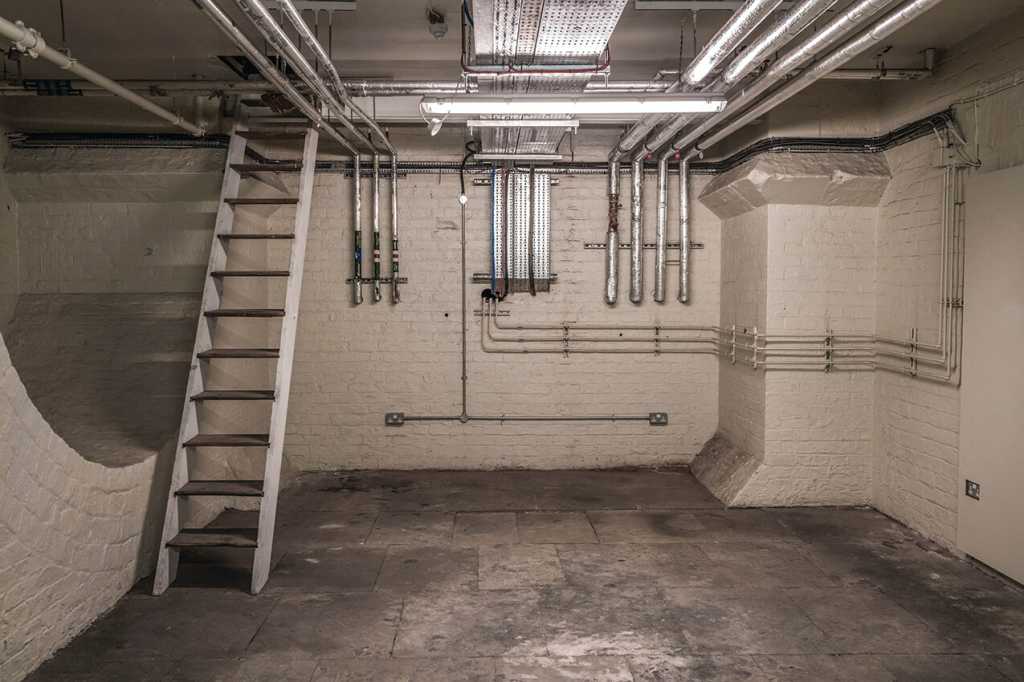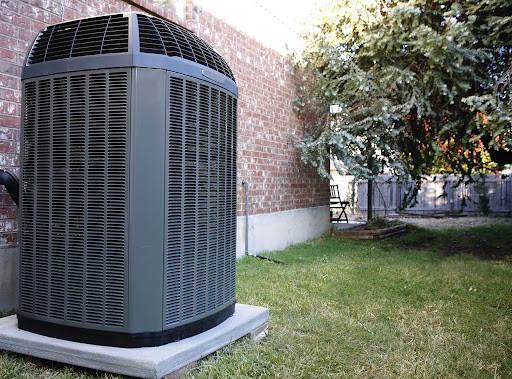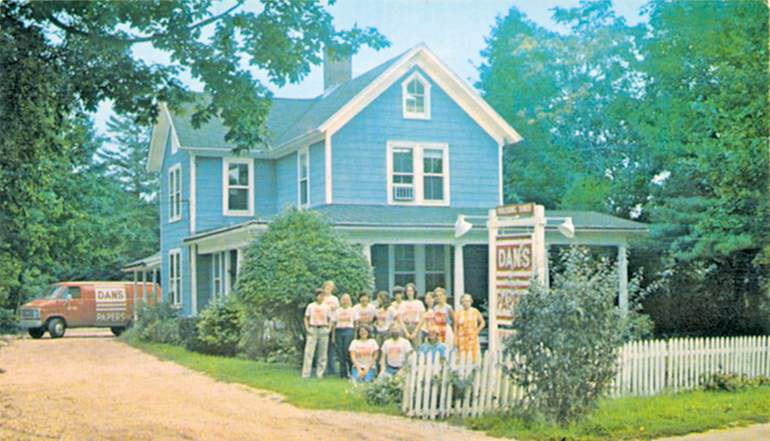Mold is a type of fungi that is found both indoors and outdoors. When mold grows inside, the health of people who spend time in the home or business where it grows can be in jeopardy.
According to the Centers for Disease Control and Prevention, moldy environments may cause stuffy nose, wheezing, red or itchy eyes and even skin conditions. The Institute of Medicine reports there is sufficient evidence to link indoor exposure to mold with asthma symptoms, as well as hypersensitivity pneumonitis in certain individuals. Certain molds are toxigenic, meaning they can produce toxins, says the CDC. Though there are very few reports of toxigenic molds found inside homes, when present, they can cause rare health conditions.
No one wants mold in their homes, as it’s not only unhealthy, but also unsightly. The Environmental Protection Agency says there is no practical way to eliminate all mold and mold spores in an indoor environment. Certain rooms and spaces, where there is ample moisture, warrant careful inspection since they are more vulnerable to mold growth. Here are some mold-vulnerable spots that merit extra attention.
BATHROOMS
Bathrooms generate a lot of moisture through showering and bathing. Bathrooms need to be vented to the outdoors with an exhaust fan. If there is no fan, one should be installed. If that’s not possible, open a bathroom window to air out the room after bathing. Wipe down surfaces to dry them and reduce mold.
LAUNDRY AREA
Clothes dryers are moisture-generating appliances that should be properly exhausted to the outdoors. Make sure that washing machines and utility sinks are working properly and there are no leaks that can cause mold growth behind or underneath the structures.
KITCHEN
Mold also may grow in kitchens. Look under the sink and by the dishwasher for any leaks and areas susceptible to mold. Ventilating cooking areas can help reduce moisture in the area as well, says the CDC.
BASEMENT
Homeowners with basements or crawl spaces could be breeding mold unknowingly, particularly if the areas are unfinished. Moisture, warmth and darkness are prime conditions for mold growth. A dehumidifier in the basement can help reduce moisture. Also, check for leaky pipes or windows that may lead to mold growth. Humidity levels in a home should be kept between 30 and 50 percent to help limit mold formation.
ATTIC
It’s a good idea to check the attic for potential mold problems. Attics without proper insulation could be vulnerable to mold growth. Roofs also may be compromised by weather, causing leaks into the attic.
For more home improvement articles, click here.
Email tvecsey@danspapers.com with further comments, questions or tips. Follow Behind The Hedges on Twitter, Instagram and Facebook.





















